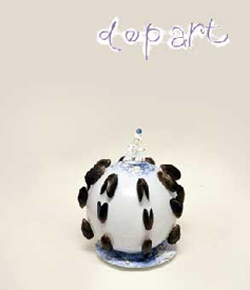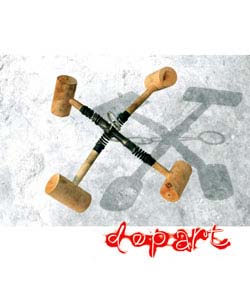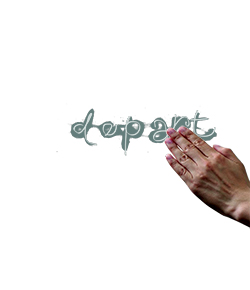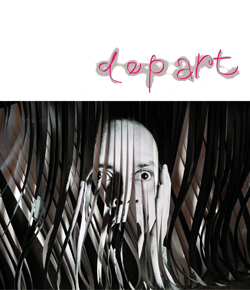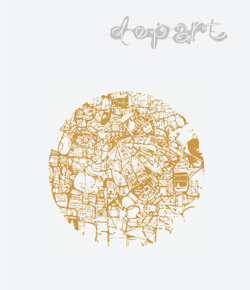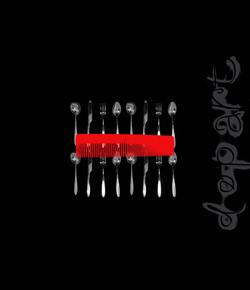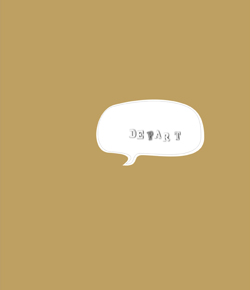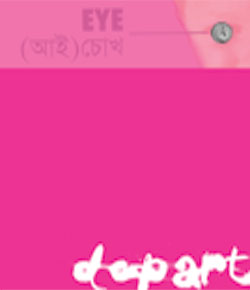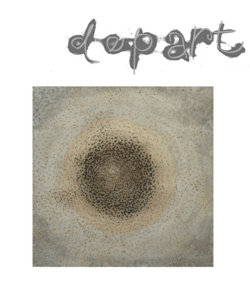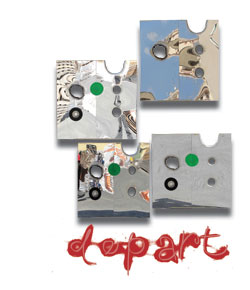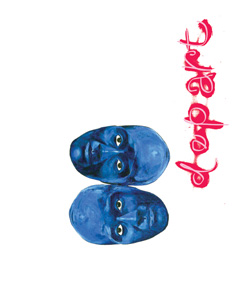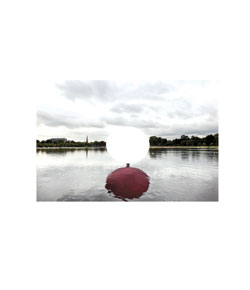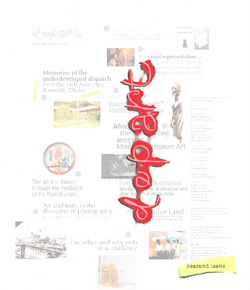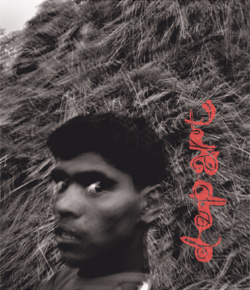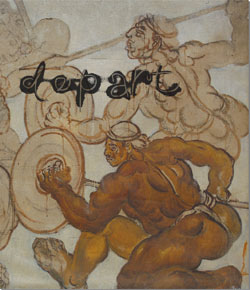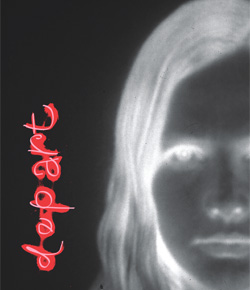archeology
Sayeed Ahmad's preface to the National Exhibition of Paintings 64-65

sIt is a matter of great consequence that the National Exhibition is being held at Dacca (now Dhaka). In the past we had the opportunity of seeing this ten years ago. Obviously the failure was due to various reasons. That is of no concern to us at the moment. We are indeed proud and happy to be able to see the works of various painters in one compact area. The Pakistan Arts Council, Dacca deserve a word of praise for shouldering the responsibility.
But why hold a National Exhibition? If we seriously start analyzing the motive factors there will be some favorable and many unfavourable counters on the two sides of the scale. To clinch the issue we come to a gentle conclusion that such an effort will promote the cause of art in the country. In such a promotion are the painters or the aesthetes, buyers or sellers, established or embryonic involved? Naturally we agree to go ahead with the project for there is a definite sensation that it will do no harm to anybody.

Anyone will agree that within a relatively short period we have created an atmosphere in which a number of painters are able to exhibit their output before the public. Not long ago Art Institutes were an object of curiosity. Leaving a comfortable life of an executive or an entrepreneur some of these gifted minds have engaged themselves to the world of brush and color. There must be some reason in their madness. In a developing country like ours where social security is the watch word why is it that some one would try luck in a market which is nearly non-existent. I feel that there is an intense urge which propels this coterie to plunge into the unknown. I wonder if we should be grateful to them. But the fact remains that they have to perforce dabble in that line as though they are possessed and unless this point is appreciated there is hardly any need for this fanfare.
Economists can put forward a graph and explain the economic climate of the country. Painters project their canvas for us to adjudge the mental climate. Now this is of no immediate Importance and yet the disturbance that has been registered in the seismograph cannot be brushed off lightly. For these partings are nothing but distorted images of those human beings who compose and compute the society. We are to deduce our conclusions which may give birth to a nightmare. In this exhibition there are a large number of works available both from East and West Pakistan. Some of the reputed painters are exhibited side by side with a number of up-and-coming experimentalists. We may see the switch over from figurative to non-figurative and vice-versa by a number of them. There is no ready answer as to the cause of this phenomena. We are all adjusting our optics as we are penetrating the shell. It is only recently that the grammar of the medium has attained a tremendous importance. A few patches of colour, a number of strokes of the brush, a few remnants of objects are all we see before us. The present day painter is not interested in creating the soft supple plastic quality of nature. We are all trying to go to the heart of the matter and as such the coverings are peeled off, obstacles are brutally removed. We are confronted with the problem of the truth itself. And what is this truth? For a social being there is a commonly accepted universal norm. Is it the same with painting? There is no simple, innocent, easy accessibility the trough the maze. The truth is the grammar and not the sensation for it is subjected to value-judgment.

If we delineate on this problem seriously the denseness and the opacity of the surrounding will create untold confusion. Shall we then say that it is wiser to strip off the emotional content of a painting or a short-story or a dance sequence? I feel it will be a tragedy to give up the heart for the mind.
Not infrequently we come across a composition which is dexterously balanced, complementary colours neatly placed which give a happy feeling (It is presumed that the artist is honest and sincere in his efforts). The viewer has not been able to grasp that it was the problem of the space, speed of the colour and delicate placings of a few irregular shapes that engaged the painter's attention. The communication wire has snapped. And why is this so? In brief the two ends have been working at variance. A few blotches of colour appeared to be a village maiden. Someone is labouring hard to find objects in a non-objective painting. I am not certain if the painter is disinterested in the remarks of the viewer. To appreciate any piece of art a rigorous processing is required. To enjoy our classical music some idea of the ragas is essential. No doubt there is a spontaneous reaction but it must be accepted that it is superficial.
Do we really understand what we see, what we hear? Instantaneously we become aware of our limitations. The inconsequential nature of existence, a plethora of hopelessness in the totality of the void, the incomprehensibility of a dialogue simply chills the backbone. What are we to do? In order to make existence meaningful we will have to delve deeper, get committed,
participate intensely in the happenings of the surrounding. That is the only way out. It is not in a mood of attending a tea party of an intimate circle or a family outing that we should enter the hail. For here more than a handful of creative minds are raging a storm of their hope, disgust, anger and boredom. It is not the painter who is lonely, the viewer has his problems too.
This exhibition is an effort to provide a platform for all of us to see our face, to decipher and to revaluate some of our preconceived ideas. We may as well go home in an unconcerned manner and leave the world to itself. But if these paintings are able to excite, generate and procreate something in us then the exhibition will, to a good extent, have served its purpose.
SAYEED AHMED (1931-2010) was a playwright, commentator on issues of culture and art and taught at the Department of Theatre, Dhaka University. He was a regular contributor to leading newspapers and journals of his time and has to his credit numerous titles.
* The rationale behind our decision to reprint this article is that it touches on some issues that seem relevant to the discourses of the present. The original piece did not carry any header.




